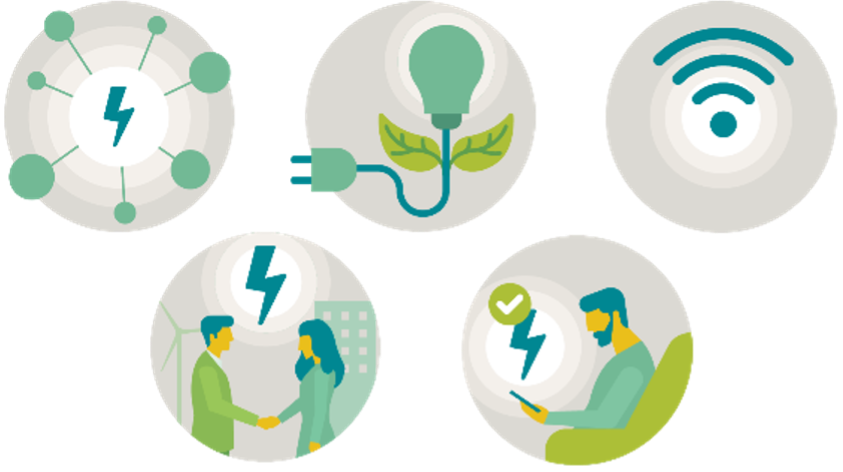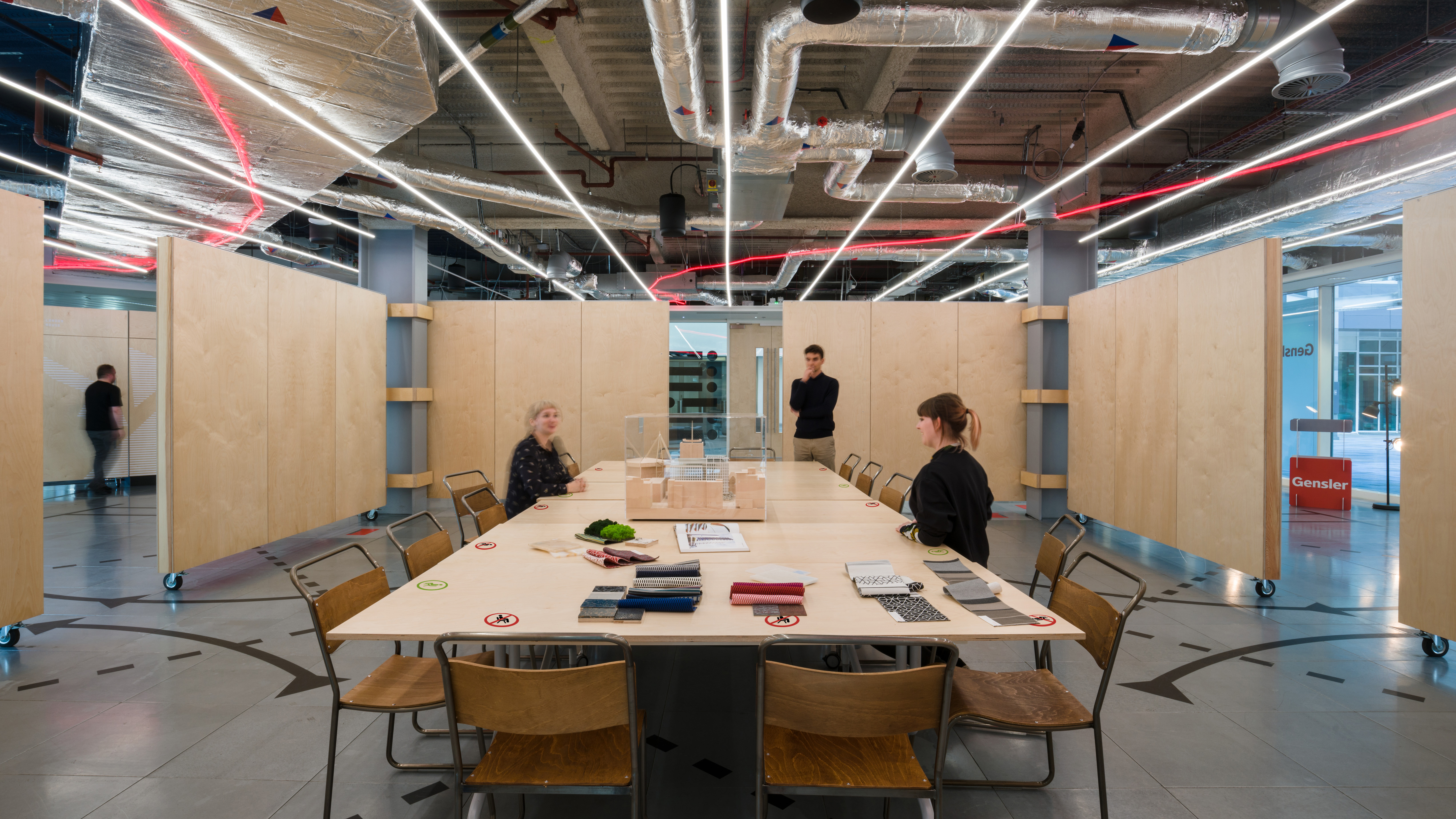One critical aspect of sustainability is resiliency, or how we bounce back from natural disasters. A little preparation can go a long way—but a lack of forethought can quickly lead to very difficult situations throughout a city or region. Remember the 2015 New Yorker article about the next big Cascadia earthquake? When the article was published, it prompted seemingly endless, yet interesting, discussions about the inevitability of a very large earthquake in the region, as well as dozens of follow-up stories giving advice on how to prepare.
Fast-forward four years to Seattle Snowmaggedon 2019. Did you have a week’s supply of food and water in your home when the snow fell last February? Conditions weren’t anywhere near as bad as the name suggests, but empty grocery store shelves made a deep impression, whether you saw them in person like I did or on social media or the news. Those empty-shelf encounters were a fairly common experience. The takeaway is that there is only a few days’ food supply in our grocery stores, which is quickly exacerbated by disaster-inspired hoarding behavior and the breakdown of efficient but lean supply chains.










 We’ve now reached 2+ months of working from home and have settled—as best as possible—into a new routine that revolves around juggling family, colleagues, and clients, while maintaining our personal health and well-being 24/7. That’s a lot. Some of us may be embracing this new work style while others are still overwhelmed by the daily challenges. But what’s top of mind for us all is what’s looming ahead. What will our new normal look like when our stay-at-home restrictions are lifted and more importantly, what changes can we expect to stick?
We’ve now reached 2+ months of working from home and have settled—as best as possible—into a new routine that revolves around juggling family, colleagues, and clients, while maintaining our personal health and well-being 24/7. That’s a lot. Some of us may be embracing this new work style while others are still overwhelmed by the daily challenges. But what’s top of mind for us all is what’s looming ahead. What will our new normal look like when our stay-at-home restrictions are lifted and more importantly, what changes can we expect to stick?
